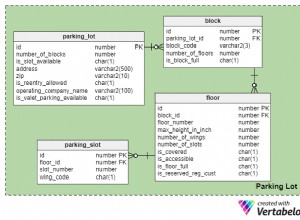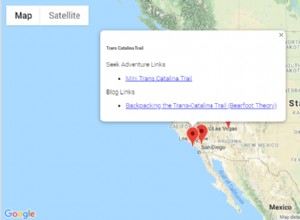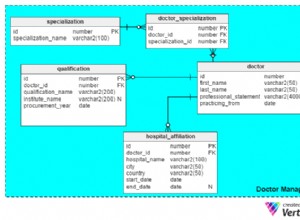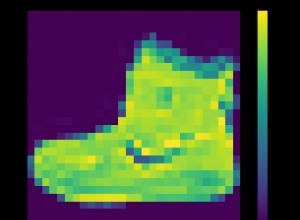Woluminy nie są dostępne w czasie kompilacji. Możesz utworzyć /var/lib/postgresql/data w twoim skrypcie, ale zostanie nadpisany przez VOLUME /var/lib/postgresql/data z postgres:9.6 obraz.
W Twoim przypadku:użyj następującego pliku docker:
FROM postgres:9.6
COPY ./create_fixtures.sql /docker-entrypoint-initdb.d/create_fixtures.sql
Są one wykonywane automatycznie po uruchomieniu kontenera. Oto przykład:
$ docker run -d --name mydb -p 33306:3306 yourtag
$ docker exec -ti mydb psql -U postgres
postgres=# \l
List of databases
Name | Owner | Encoding | Collate | Ctype | Access privileges
------------+----------+----------+------------+------------+-----------------------
mydatabase | postgres | UTF8 | en_US.utf8 | en_US.utf8 | =Tc/postgres +
| | | | | postgres=CTc/postgres+
| | | | | webuser=CTc/postgres
postgres | postgres | UTF8 | en_US.utf8 | en_US.utf8 |
template0 | postgres | UTF8 | en_US.utf8 | en_US.utf8 | =c/postgres +
| | | | | postgres=CTc/postgres
template1 | postgres | UTF8 | en_US.utf8 | en_US.utf8 | =c/postgres +
| | | | | postgres=CTc/postgres
(4 rows)
Nieaktualna odpowiedź:
Twój skrypt powinien działać na kontenerze z wyjątkiem urządzenia, które musisz uruchomić psql w ten sposób:
su postgres -c "psql -f create_fixtures.sql"
su --login postgres nie działa, ponieważ postgres nie może otworzyć bash lub shell. Możesz spróbować z docker run --rm -ti postgres:9.6 bash .
Przepraszam, muszę powiedzieć, że w twoim skrypcie sql jest jeszcze jeden błąd:GRANT ALL PRIVILEGES ON DATABASE mydatabase TO webuser - słowo kluczowe DATABASE jest tutaj konieczne.
Oto pełny dziennik, jak testowałem i mogę potwierdzić, że to działa:
docker run --rm -ti postgres:9.6 bash
[email protected]:/# cat > test.sql <<EOF
> CREATE DATABASE mydatabase WITH ENCODING 'UTF8';
> CREATE USER webuser ENCRYPTED PASSWORD 'asdf123' NOSUPERUSER NOCREATEDB NOCREATEROLE;
> GRANT ALL PRIVILEGES ON DATABASE mydatabase TO webuser;
> EOF
[email protected]:/# pg_createcluster 9.6 main --start
Creating new PostgreSQL cluster 9.6/main ...
/usr/lib/postgresql/9.6/bin/initdb -D /var/lib/postgresql/9.6/main --auth-local peer --auth-host md5
The files belonging to this database system will be owned by user "postgres".
This user must also own the server process.
The database cluster will be initialized with locale "en_US.utf8".
The default database encoding has accordingly been set to "UTF8".
The default text search configuration will be set to "english".
Data page checksums are disabled.
fixing permissions on existing directory /var/lib/postgresql/9.6/main ... ok
creating subdirectories ... ok
selecting default max_connections ... 100
selecting default shared_buffers ... 128MB
selecting dynamic shared memory implementation ... posix
creating configuration files ... ok
running bootstrap script ... ok
performing post-bootstrap initialization ... ok
syncing data to disk ... ok
Success. You can now start the database server using:
/usr/lib/postgresql/9.6/bin/pg_ctl -D /var/lib/postgresql/9.6/main -l logfile start
Ver Cluster Port Status Owner Data directory Log file
9.6 main 5432 online postgres /var/lib/postgresql/9.6/main /var/log/postgresql/postgresql-9.6-main.log
[email protected]:/# /etc/init.d/postgresql start
[ ok ] Starting PostgreSQL 9.6 database server: main.
[email protected]:/# su postgres -c "psql -f test.sql"
CREATE DATABASE
CREATE ROLE
GRANT
[email protected]:/# /etc/init.d/postgresql stop
[ ok ] Stopping PostgreSQL 9.6 database server: main.
[email protected]:/# exit
exit




